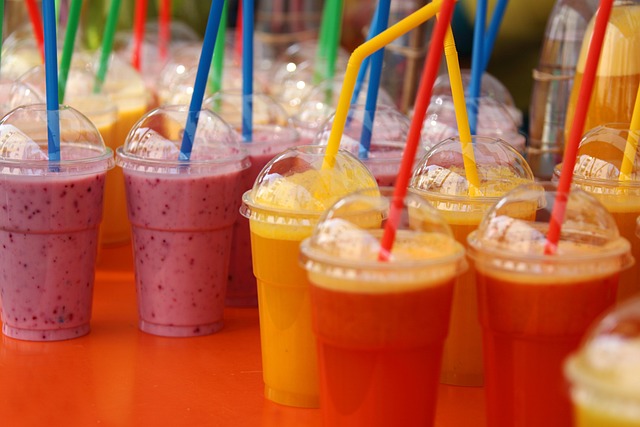In addition, the European Union has led the charge for several years to ban one-time use of plastics, aiming to reduce their impact on the environment. As of July 3, 2021, single-use plastic plates, cutlery, straws, balloon sticks and cotton buds cannot be placed on the markets of EU Member States. The same rule applies to cups, food and beverage containers made of expanded polystyrene, and all products made of oxo-degradable plastic.
This growing focus on sustainability is driving the next generation of coatings, colorants and materials. Paper products are increasingly replacing plastic, coupled with a shift toward smaller, more recyclable types of food packaging. Environmental trends are also prompting greater use of bio-renewable content in inks while eliminating overwraps.
Not the Last Straw, But Closer
As regulating bodies, companies and consumers have started to think about the impact single-use plastics can have on the environment, many companies have started to consider sustainably sourced alternatives to plastic drinking straws. Paper straws have emerged as a leading alternative. This has increased the demand for safe color printing solutions to provide product differentiation using designs, messaging or corporate branding on paper substrates.
A paper straw sits for extended periods of time in different types of liquids. It comes in direct contact with the mouth and lips. Printing inks and coatings used for paper straws and similar applications must be specifically formulated and manufactured to mitigate the risk of contamination.
Overprint Varnish Isn’t Enough

In instances where ink has contact with food, regulations require proof that no migration will occur or the use of a food safe ink to protect consumers.
Some companies try using a compliant OPV (overprint varnish) atop conventional inks, believing it will offer sufficient protection and meet regulatory standards for direct food, drug and medical applications.
In our experience, this is a risky approach since pinholes in the coating, chemical resistance issues, and other factors can bring components of the ink into direct contact with the product.
The FDA’s position is that they will only consider a coating an effective (functional) barrier if it is of sufficient thickness and uniformity (no pinholes or voids) and is completely chemically resistant to the food/drug/medical products under the conditions of use.
Non-Toxic Printing Inks
Single-use applications require inks and coatings that adhere well to the various paper substrates and don’t bleed, leach, or otherwise contaminate foods or beverages. In the case of straws, for example, direct food contact inks and coatings must be formulated to hold up to all kinds of liquids, including dairy, acidic carbonated sodas, and alcoholic beverages. When considering U.S. FDA and EU compliant inks for use in indirect contact with food and beverages, ensure your ink & coating supplier works hand-in-hand with your product development team.
Contact Colorcon No-Tox to discuss your single-use application indirect food contact project.

Leyna Force has a BS in Chemistry from Kutztown University and an MBA from DeSales University. Leyna joined the No-Tox Products Division of Colorcon in 2006 as a Research Scientist. Over the past fifteen years she has held many technical positions within the company. Her current role is the Manager of Laboratory Services where she oversees the No-Tox Technical Services, Quality Control, and New Product Development laboratories.